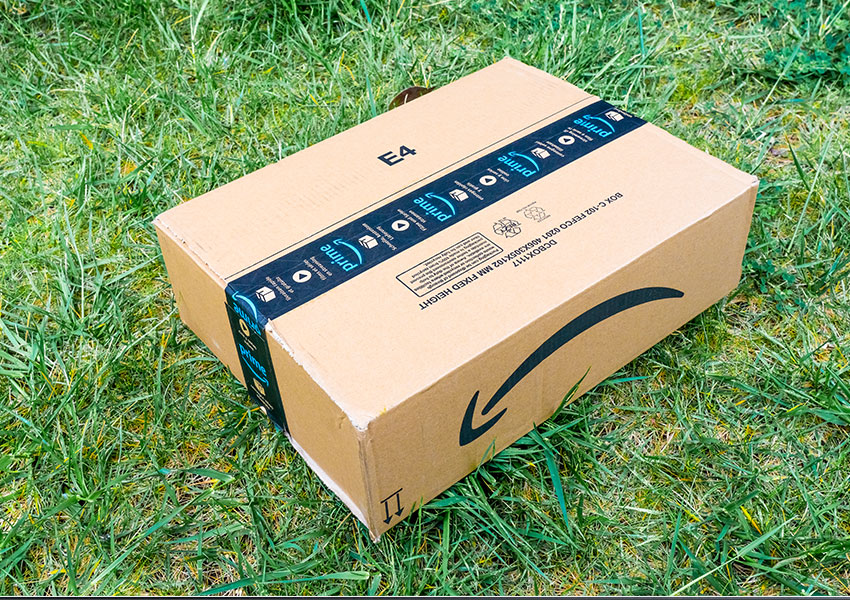Amazon Storage Fees: Amazon Inventory Management And Its Importance

Amazon selling demands more than just listing products. It is about managing your inventory efficiently. Amazon inventory management is the backbone of a successful selling strategy, significantly impacting storage fees and overall profitability.
Understanding Amazon Inventory Management
Amazon inventory management revolves around overseeing and optimizing the stock levels of products you sell on the platform. Effective management guarantees that your inventory is perfectly balanced, avoiding both excess and shortage.
The Link between Inventory and Storage Fees
A direct correlation exists between how well you manage your inventory and the Amazon storage fees you incur. Unsold products that occupy space in Amazon's warehouses for extended periods can attract higher storage costs. Efficient inventory management, therefore, is pivotal to minimize these costs.
The Significance of Inventory Management
- Reducing Excessive Storage Fees: Overstocking leads to products sitting longer in Amazon's warehouses. By managing inventory levels accurately, you can prevent overstocking and the associated rise in storage fees.
- Preventing Stockouts: On the flip side, understocking can result in stockouts, where you miss out on potential sales because a product is unavailable. Effective inventory management ensures you always have stock when demand spikes.
- Enhancing Customer Satisfaction: Promptly fulfilling orders because you have adequate stock levels can significantly boost customer satisfaction. It reduces waiting times and ensures that popular products are always available for purchase.
Techniques to Optimize Amazon Inventory Management
- Utilize Amazon’s Inventory Reports: Amazon provides sellers with detailed inventory reports. These insights offer a snapshot of which products are selling fast, which are lagging, and what might soon incur long-term storage fees. Regularly analyzing these reports can guide restocking decisions.
- Invest in Inventory Management Software: There are numerous software solutions tailored for Amazon sellers that can automate inventory tracking, provide restock alerts, and offer detailed sales analytics. Leveraging these tools can significantly streamline inventory management processes.
- Diversify Inventory Based on Seasonality: Understand the seasonality of your products. Some items might sell faster during specific times of the year. Adjusting inventory levels based on these patterns can prevent overstocking during off-seasons and stockouts during peak times.
- Regularly Review Listings: Regularly review and update your product listings. If a product consistently underperforms and incurs storage fees, consider discontinuing it or running promotions to clear out stock.
- Set Minimum and Maximum Stock Levels: Based on sales trends, set minimum and maximum stock levels for each product. Whenever stock reaches the minimum threshold, it's a signal to reorder. Similarly, if stock levels approach the maximum, consider holding off on restocking.
Relationship with Suppliers
Building strong relationships with suppliers can also benefit inventory management. Reliable suppliers ensure consistent product quality and timely deliveries, which can help in maintaining optimal stock levels. Additionally, good rapport can lead to more favorable terms, such as bulk discounts or faster shipping.
Consider the Costs
While inventory management plays a direct role in controlling storage fees, it's also crucial to have a clear understanding of all associated costs. This includes not only the storage fees but also the cost of goods, shipping fees, and Amazon's referral and fulfillment fees. A holistic view of costs can guide pricing strategies and inventory decisions.
Demand Forecasting
One of the cornerstones of effective inventory management is demand forecasting. Predicting how much of a product will sell over a given period can guide stocking decisions. Factors to consider include historical sales data, product market trends, and any upcoming promotions or events.
Adapt and Evolve
The e-commerce landscape, especially a marketplace as dynamic as Amazon, is continually evolving. Adapting to these changes, be it shifts in consumer behavior, market trends, or Amazon's policies, is vital. Regularly reviewing and tweaking your inventory management strategy in line with these changes can ensure sustained success.
